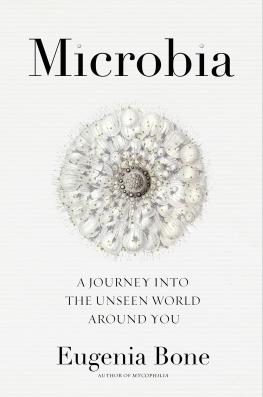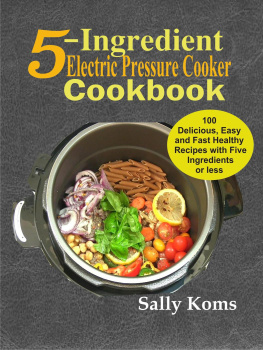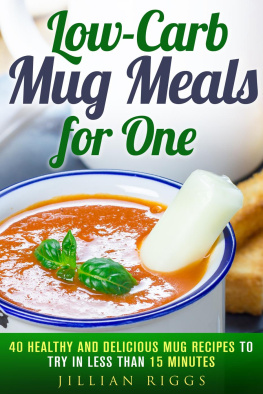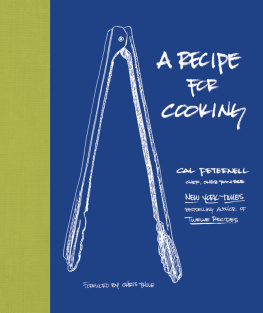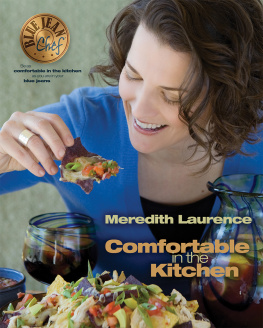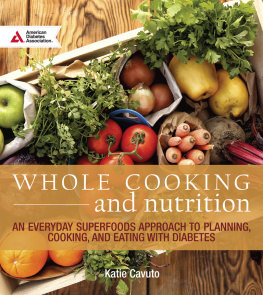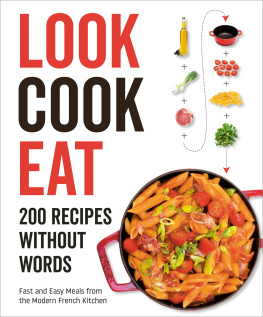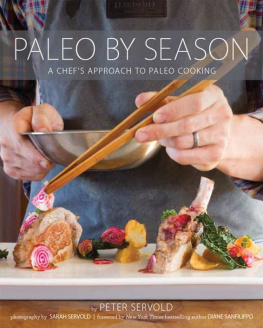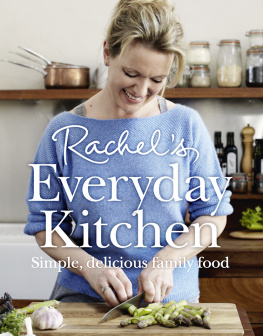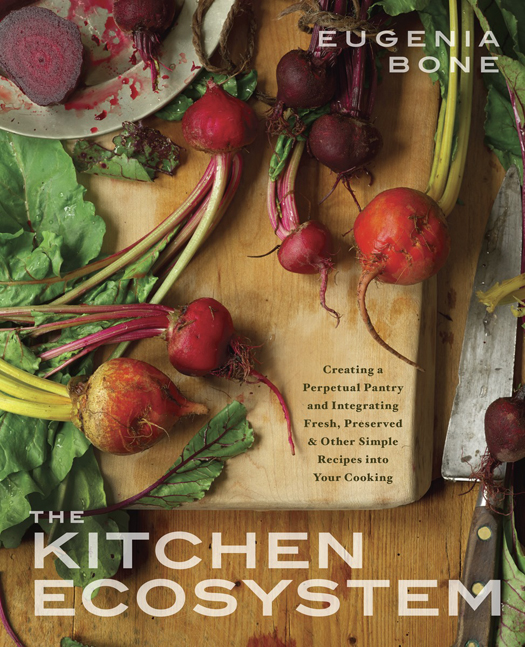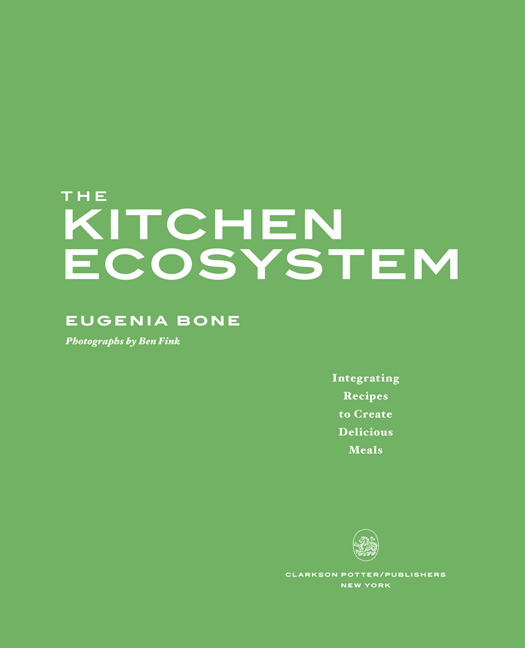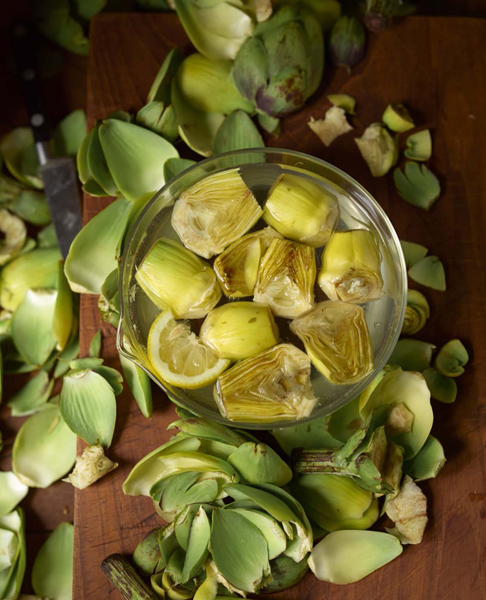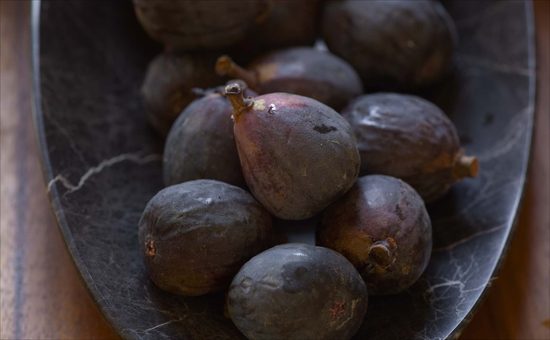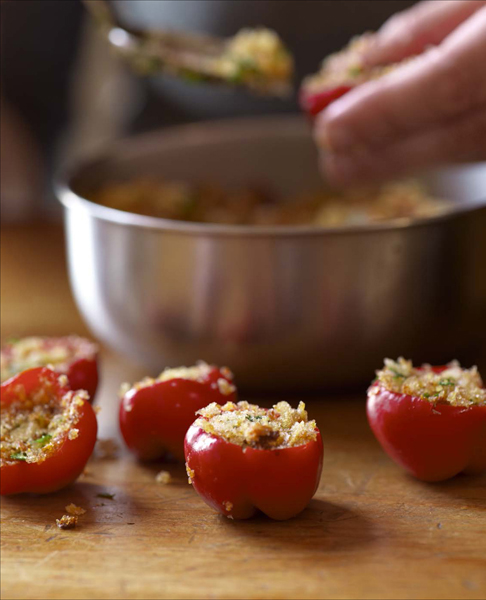Copyright 2014, 2015 by Eugenia Bone
Photographs except as noted below 2014 by Ben Fink
All rights reserved.
Published in the United States by Clarkson Potter/Publishers, an imprint of the Crown Publishing Group, a division of Random House LLC, a Penguin Random House Company, New York.
www.crownpublishing.com
www.clarksonpotter.com
CLARKSON POTTER is a trademark and POTTER with colophon is a registered trademark of Random House LLC.
Library of Congress Cataloging-in-Publication Data
Bone, Eugenia, author.
The kitchen ecosystem: integrating recipes to create delicious meals / Eugenia Bone.
First edition.
pages cm.
Includes bibliographical references and index.
I. Cooking. 2. Food
Preservation. I. Title.
TX714.B64125 2014
641.5dc23 014042060
ISBN 978-0-385-34512-5
Ebook ISBN 978-0-385-34513-2
Book and cover design by Rae Ann Spitzenberger
Cover photographs by Ben Fink
The following photographs are by Eugenia Bone:
v3.1_r2
To Carson and Mo
CONTENTS
INTRODUCTION
There are three steps to preparing really delicious food: (1) make dishes with as many seasonal ingredients as possible, using some, while the ingredients are fresh, in dishes to eat that night, and preserving the rest to use in the off-season; (2) replace the commercial products in the pantry with homemade ones; and (3) prepare base recipes from the parts you usually throw away, like bones and peels, and use them to bump up the flavor of other dishes. Thats it.
But honestly? It took me twenty-five years to get there.
I suppose it started with preserving. I used to put up large batches of jams and jellies and pickles from recipes I read in preserving classics like Putting Food By . But I found it totally discouraging to spend a long, sweaty day prepping fruit and processing a dozen jars of jam only to have the whole batch end up loose or overly sweet or just nasty. And then, when the preserves did work out well, I was stuck with way more strawberry jam than anyone over the age of five could possibly consume.
So I started doing small-batch canning. Id do just a few jars of any given product, about what I thought Id use over the course of a year. This was a good solution because I found if I screwed it up, it wasnt such a tremendous loss of time and treasure. Whats more, I discovered that by putting up only a couple of jars I could not only do a preservation recipe from whatever I was cooking for dinner that night, but I could also do it at the same time I was hanging around cooking in the kitchen anyway. If I was making a fresh tomato and watermelon salad, for example, Id buy an extra pound or two of tomatoes and put up a pint jar. All it took was another burner on the stove.
It wasnt long before I became interested in putting up all sorts of foods. Because the stakes are low in small-batch preserving, I felt at liberty to preserve a wider and wider array of products. I would think of the ingredients I used in a dishsay, beef, carrots, thyme, and pearl onionsand I would pressure can a couple of pints of this combo so I could make a beef pot pie by just opening the jar and adding a puff pastry crust. If fresh ginger was cheap and crisp in a Chinatown market, Id buy enough to cook with a fish for dinner, ferment some for ginger soda, and make a cup of ginger syrup to hold in the fridge for a week or so. With the syrup, Id flavor panna cotta and poached pears. If I found a load of wild mushrooms I might cook them with osso buco for dinner, then dry the remainder, to add to soups and sauces another day.
As I became a more experienced home cook and preserver, I recognized the potential of the scraps left over from preparing fresh or preserved foods. I hated to throw away the bones and peels of foods because I knew they had flavor in them. It seemed a waste to get rid of the, well, waste. So I started to turn scraps into stocks and marinades, granitas, zests, and juices; by-products that made my recipes taste much better.
Whether it was drawn from fresh or preserved foods, my cooking really improved as a result of my collection of homemade supplemental ingredients. Eventually it became habitual. After Ive cooked a chicken I dump the bones into a stockpot instead of the garbage and make a small amount of stock. I might make stracciatella with the stock for dinner, or can it for another day. I save the boiled disks of ginger left over from making syrup, candy them, and make ginger-studded chocolate bark. Ill zest all my oranges before juicing them and make up a batch of orange bitters or a bottle of orange baking extract. I dont do all this right away: I dont cook constantly. But I get to most things in the fridge eventually. Many times my daughter has pulled a bag of parsley stems out of the fridge and asked, Are you really saving this, Ma? Really?
So I discovered that most of my favorite ingredients could be used in three ways: I could eat some fresh, preserve some, and turn the stuff I would normally toss into useful ingredients. My kitchen was becoming an ecosystem, and I was creating, in essence, a kind of perpetual pantry. Preserved foods and products made from preparing one dish could boost the flavor in the next dish, which in turn generated even more preserved foods, and so on.
I actually became rather infatuated with how many dishes I could spin off an ingredient. I even drew cladograms, which are like family trees, to help me visualize just how many recipes could be squeezed out of a couple of pounds of something. For example, from a few pounds of asparagus Ill make roasted asparagus with garlic or an asparagus and Parmesan cheese frittata. Then Ill pickle a pint to use in a salad of cauliflower with pickled asparagus and chopped herbs, and freeze a half-pint of asparagus pesto to use as a sauce for ravioli or broiled fish.
But once I started using the scraps and peels and bones and shellsthe waste stream of foodsI upgraded to Preserving 2.0. When you prepare asparagus to preserve (or cook), you usually discard the lower half of the spear because it is hard and stringy. But its also full of flavor. Asparagus ends can be boiled in water, then pressed through a food mill to make an aromatic asparagus stock. This stock can be pressure canned or frozen or used right away. I use that stock to make even more recipes, like asparagus-flavored risotto (which can be garnished with shrimp or another vegetable) or spaghettini cooked in the asparagus stock and topped with grated ricotta salata or homemade ricotta.
I found flavor in the scraps of many foods: The bones and shells from fish, poultry, and meat make stocks and sauces, as do the pods and leaves and stems of mushrooms and vegetables and herbs; fat can be rendered and strained and reused; leftover marinades and pickling liquid from putting up pickles can be repurposed after the pickles are all eaten; the watery juice produced while prepping fruits for processing can be preserved separately, to make granitas and cocktails and sodas; and the peels of some fruits can be used to make pectin and zests.


